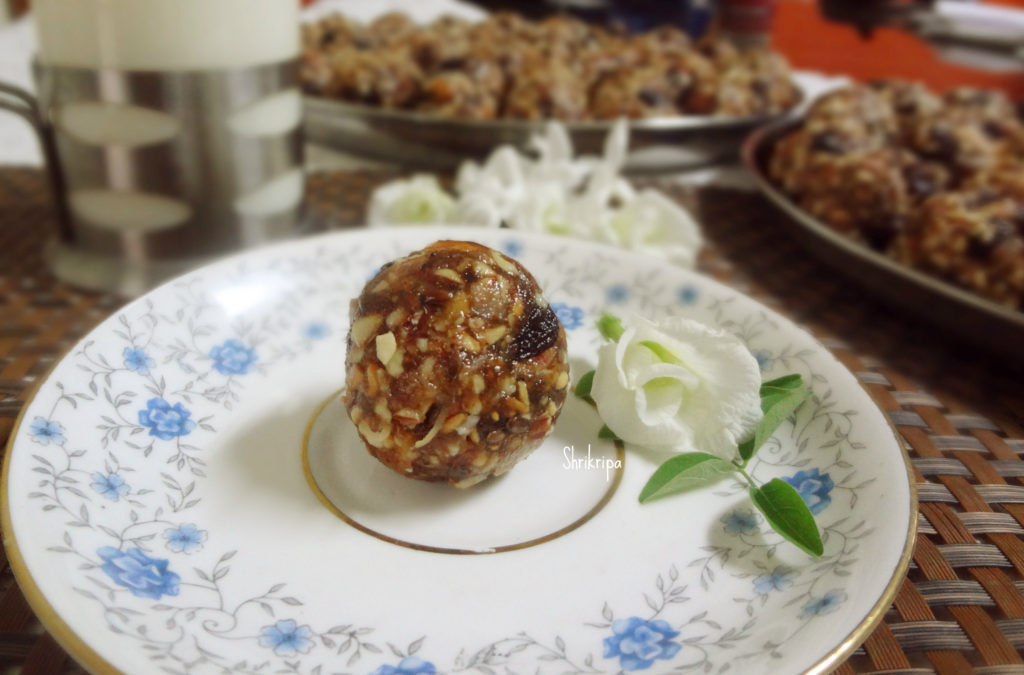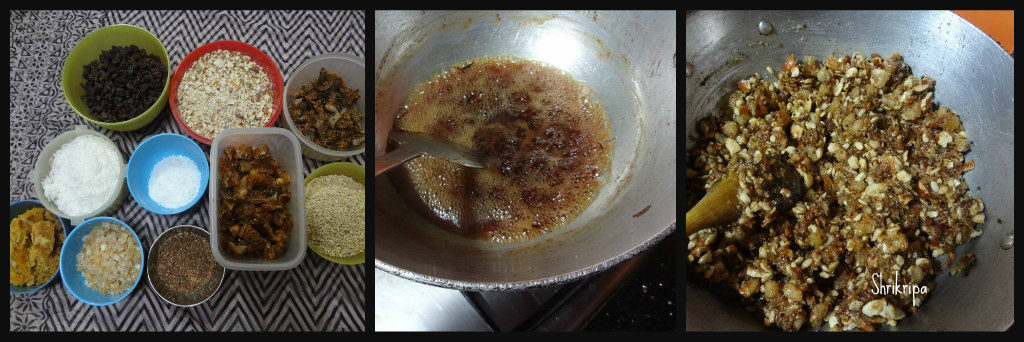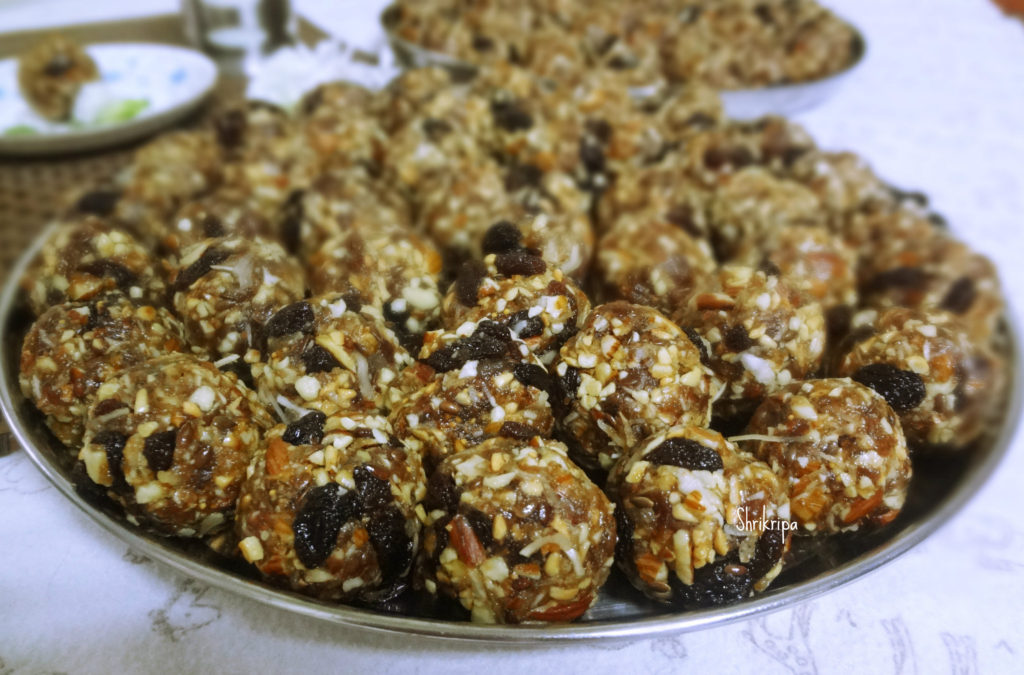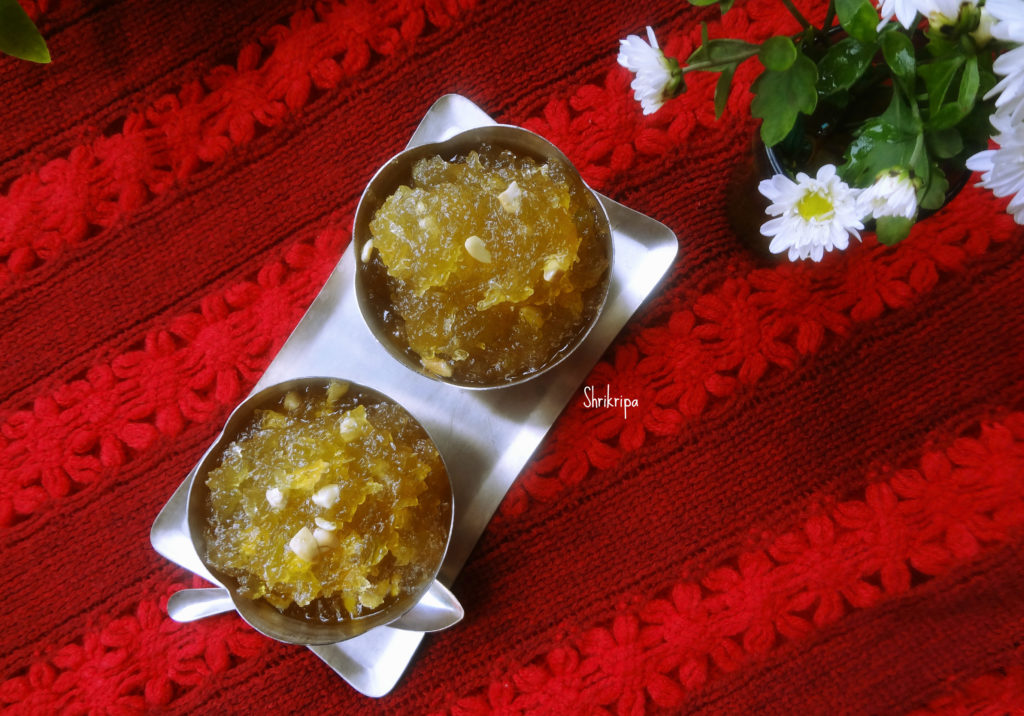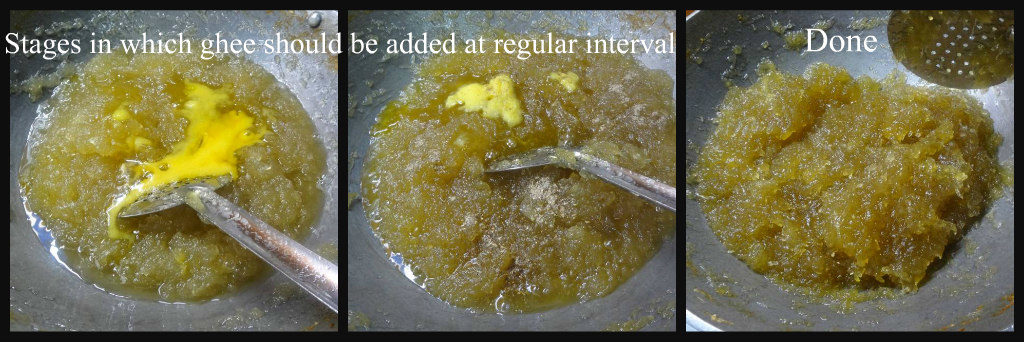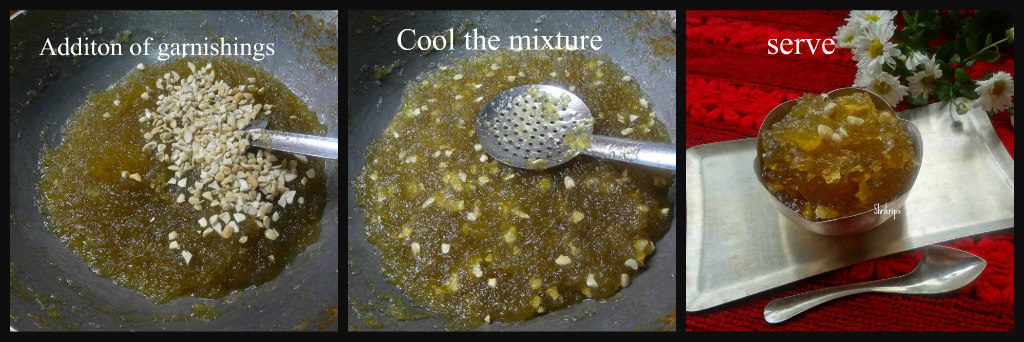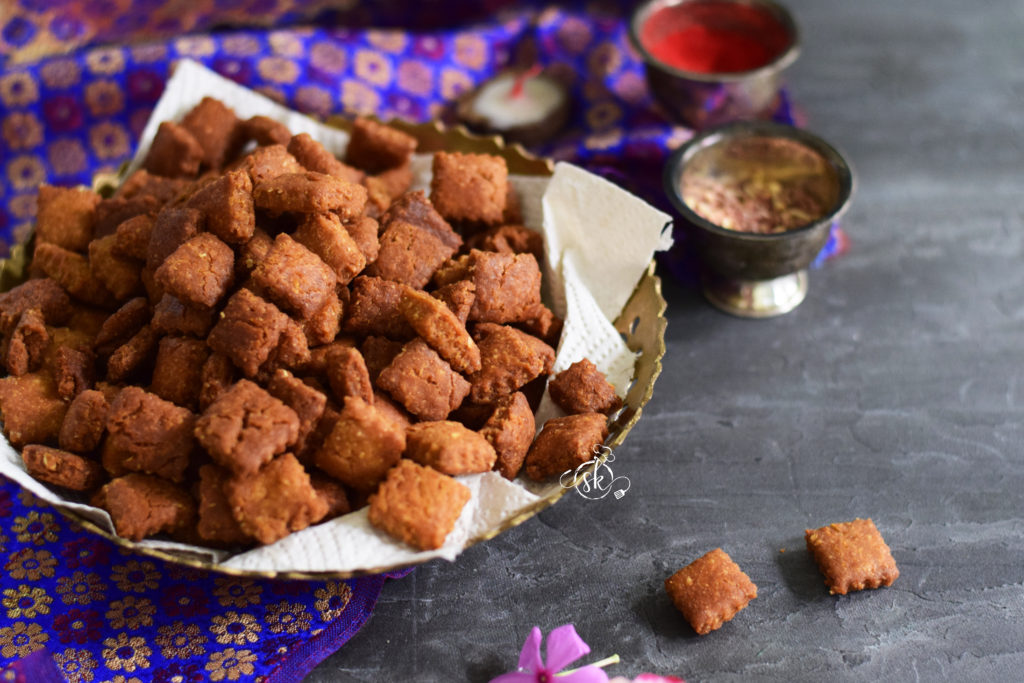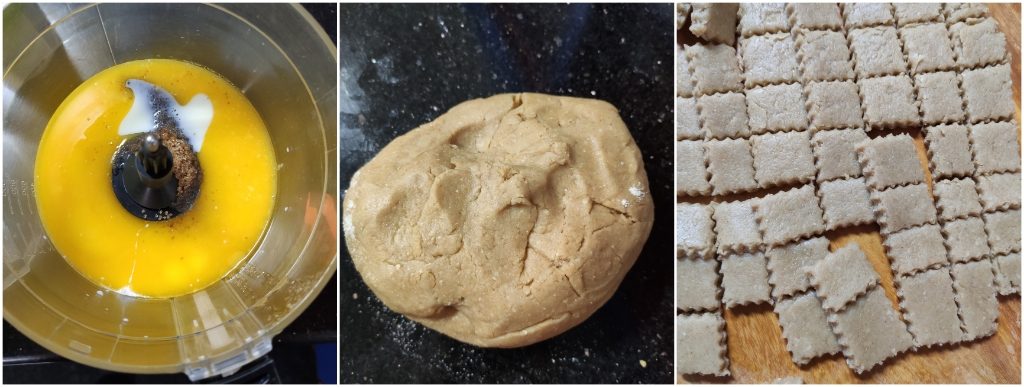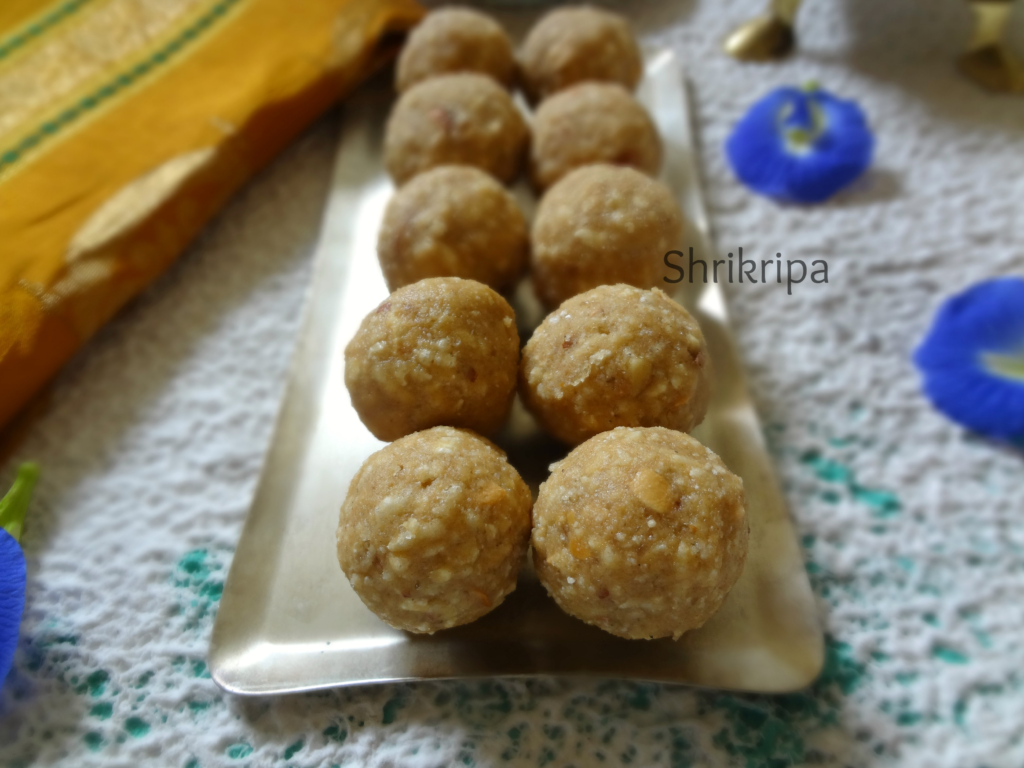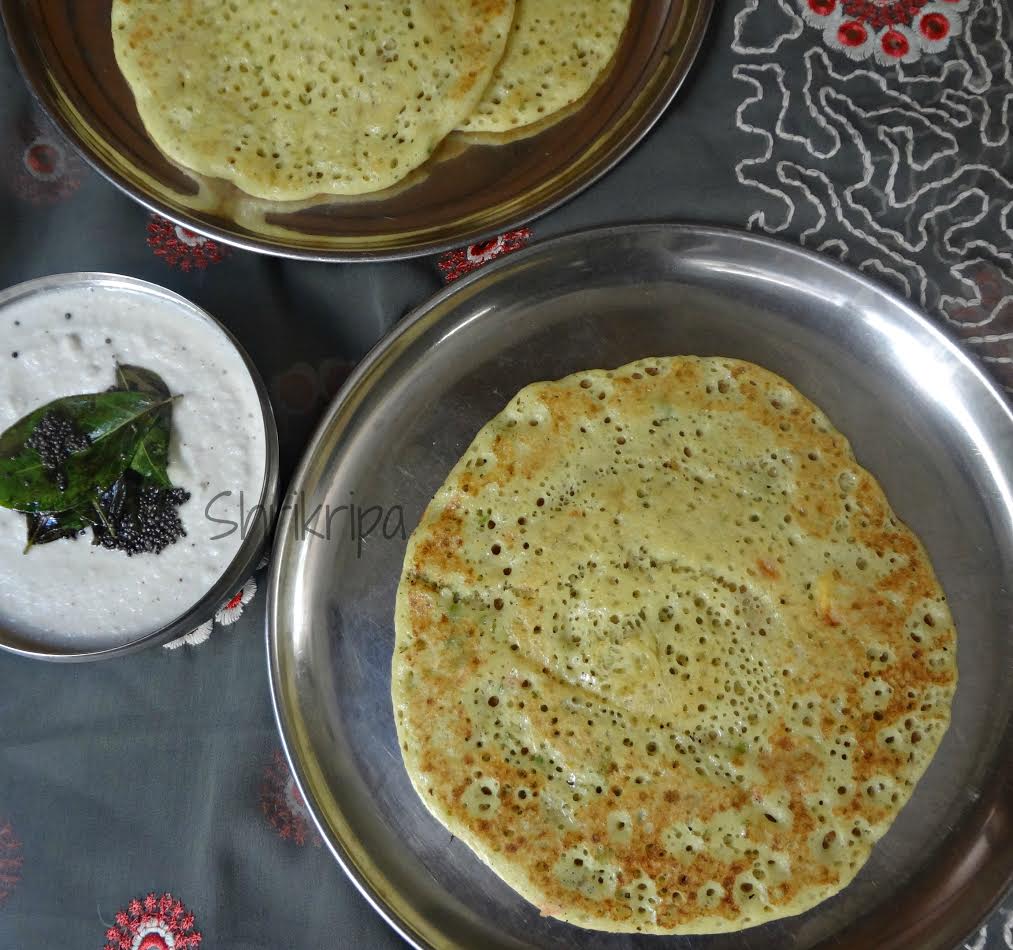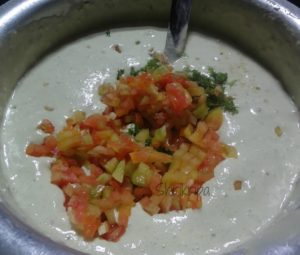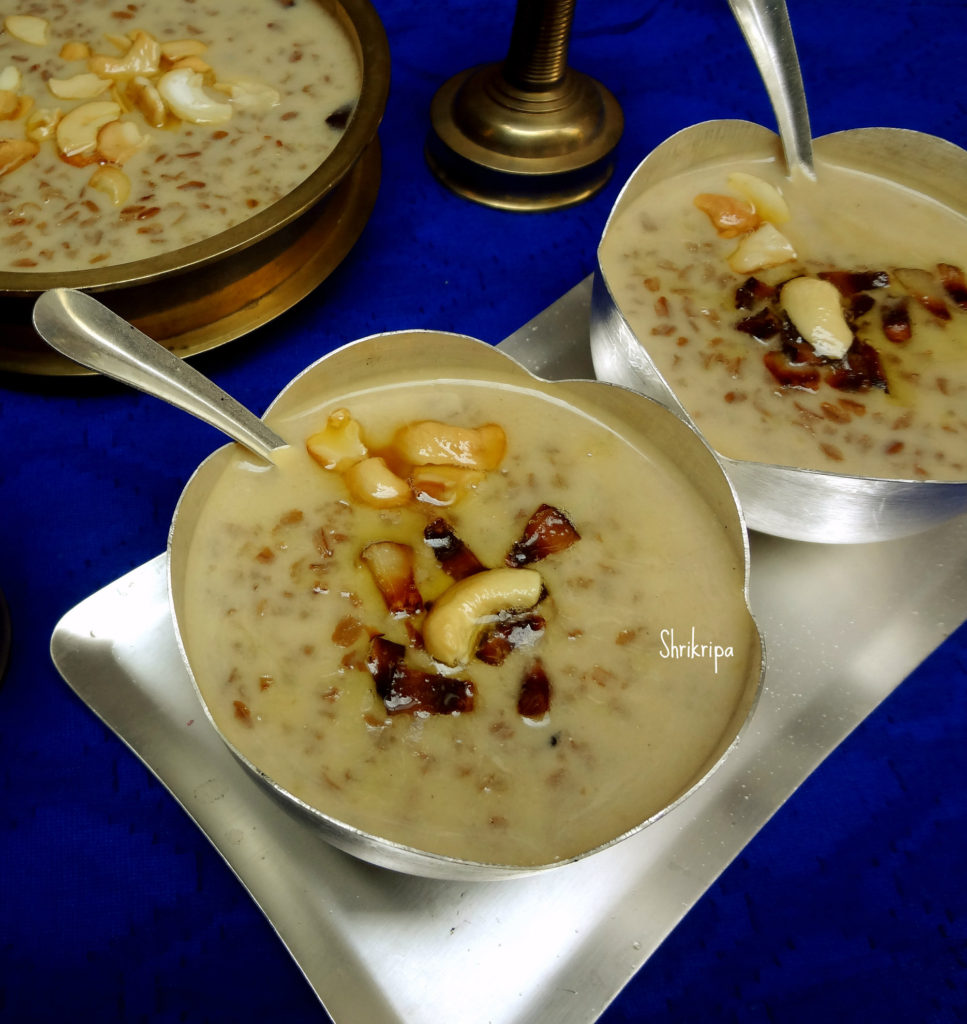Pindi payasam is nothing but our traditional rice kheer without adding any milk or coconut milk, which is usually offered to god as a Naivedyam and served as a prasadam at any pooja. It is considered as a favourite of goddess Devi. When I look back and think, Pandan leaves were widely used in our region(Mangalore) as well. One can make this payasam even without adding Pandan leaves.
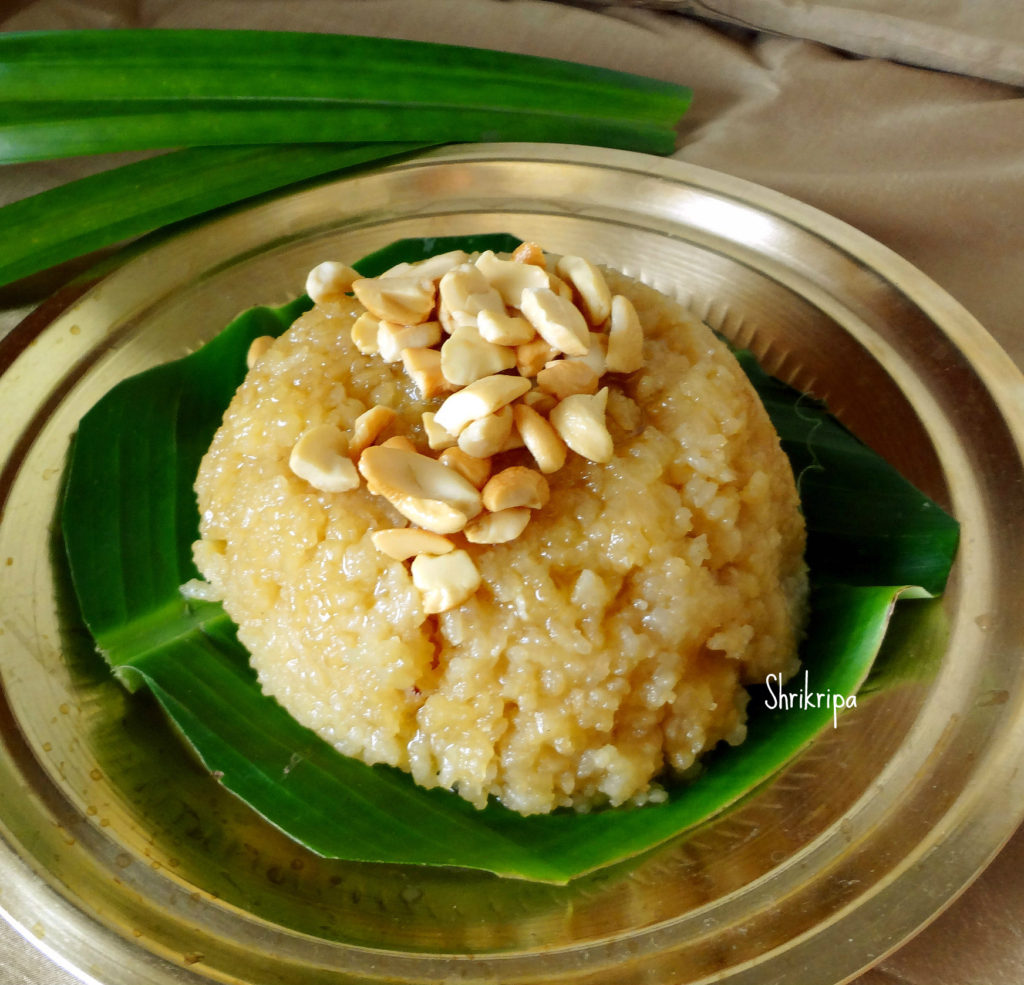
Pandan leaves are known as gandhasaale ele in our Mangalore region.
Gandhasaale rice is a traditional, flavoured and scented rice variety of Karnataka and Kerala, cultivated in small pockets. Gandhasaale rice is the best rice for meals, Pulav, payasam and other eatables. The Gandhasaale rice is known especially for its rich aroma. It is also called Kerala’s basmati.
In our native, to get aroma of “gandhasaale” in ordinary rice, my grand mom used to put these leaves in, while cooking the rice. Pandan (Scientific Name: Pandanus, also known as screw pine or palm pine) is a herbaceous tropical plant that grows in Southeast-Asia. In Chinese, it is known as ‘fragrant plant’ because of its unique, sweet aroma. The cultivated plant features upright bright green leaves, and it’s the leaves that are used for cooking up many Thai and Southeast-Asian dishes. Pandan is also made into a paste that is used in cakes and desserts, much the way we use vanilla flavouring in the Western cuisine. However, in addition to flavour, Pandan paste also instil foods with a bright green colour. Some Thai and Malayan desserts which I have tasted are Pandan baked cake, Pandan jelly and Pandan sticky rice in Malaysia. Personally, I dint like it much because of its overpowering fragrance and felt that, like my ajji (grand mom), one should use one or 2 leaves to get that perfect blend.
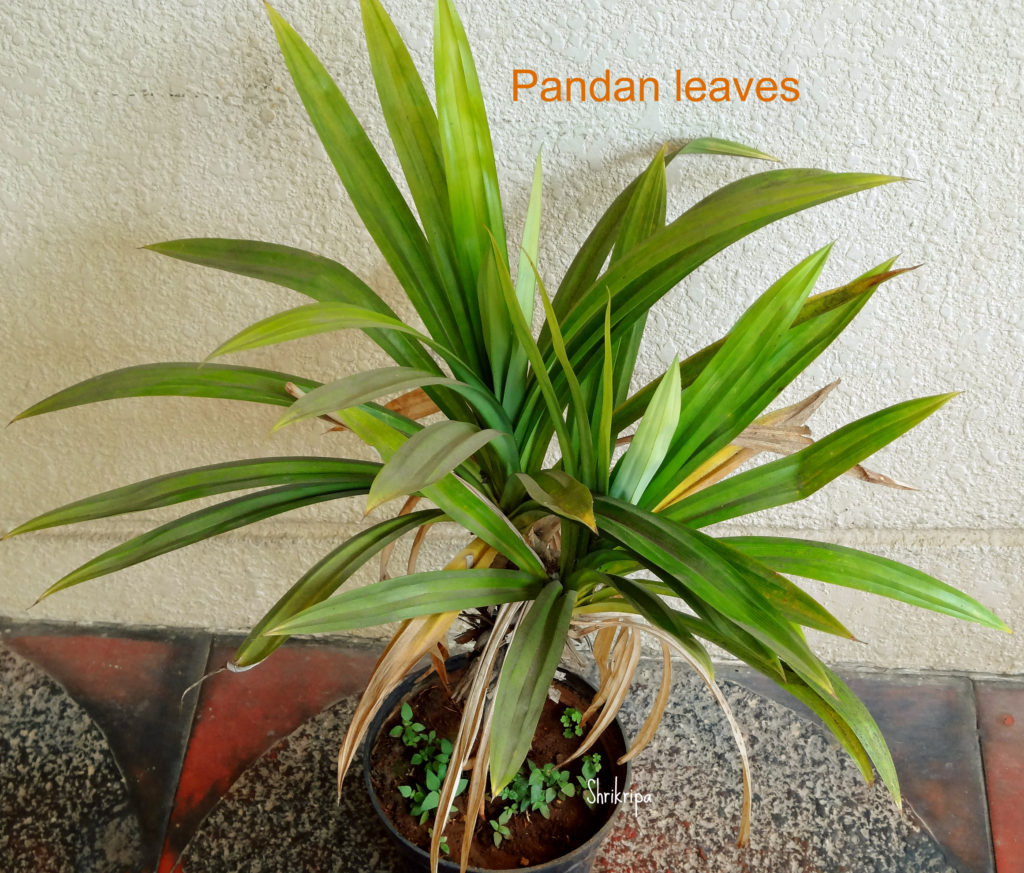
Ingredients:
White rice – 1 cup (I have used small grain rice)
Grated jaggery – 1 cup
Ghee – 2to 3 table spoons
Coconut – 2 table spoons (grated)
Cardamom powder – 1 tea spoon
Pandan leaves – 2
Cashew bits – as needed
Method:
-Wash rice, Pandan leaves. Soak rice for 10 minutes.
-Boil 2 to 3 cups of water, add rice, Pandan leaves and cook until it is done.
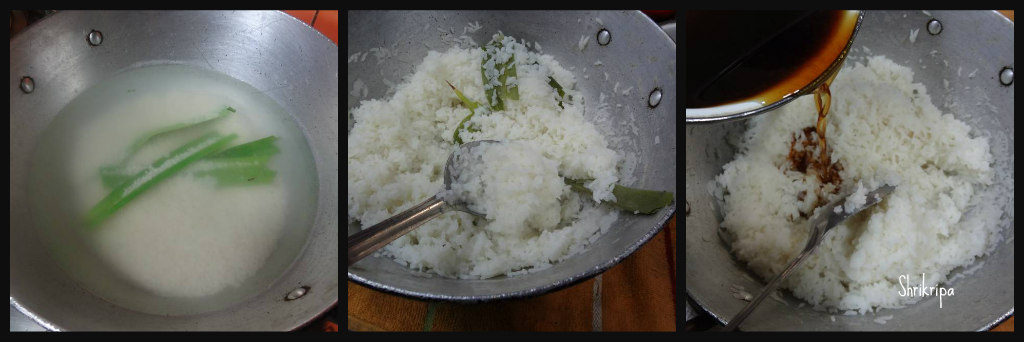
-After cooking, remove Pandan leaves.
-In the meantime, take one cup of water, boil, add jaggery and melt.
-Sieve this solution and remove all the impurities.
-Add this solution to cooked rice and boil.
-When the mixture becomes thick, add ghee and mix nicely.
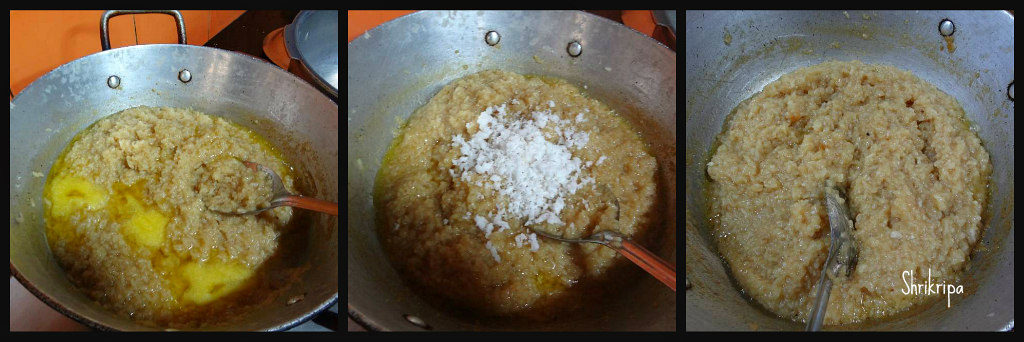
-Lastly add coconut, cardamom powder and give a stir for 2 to 3 minutes or until it becomes like a creamy mass.
-Roast cashew bits in a little ghee and garnish.
-If you want to offer this to god, do that and then serve. Other wise serve hot and enjoy this delicacy.

